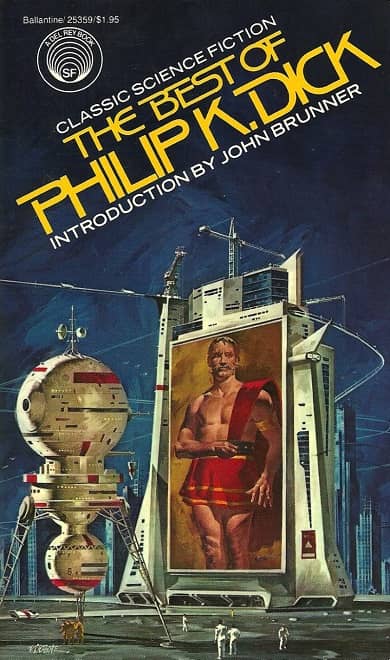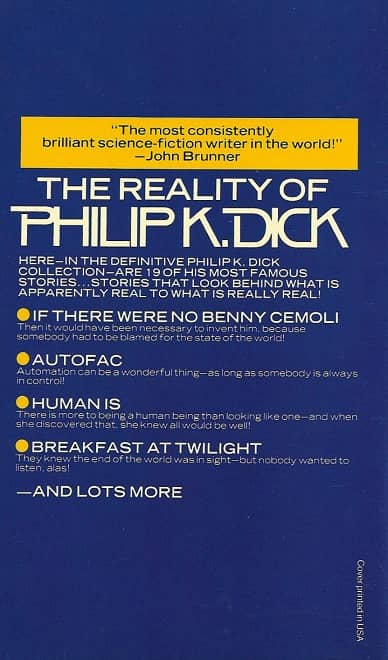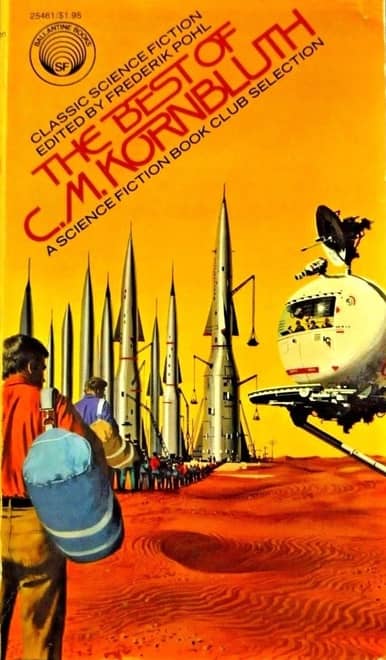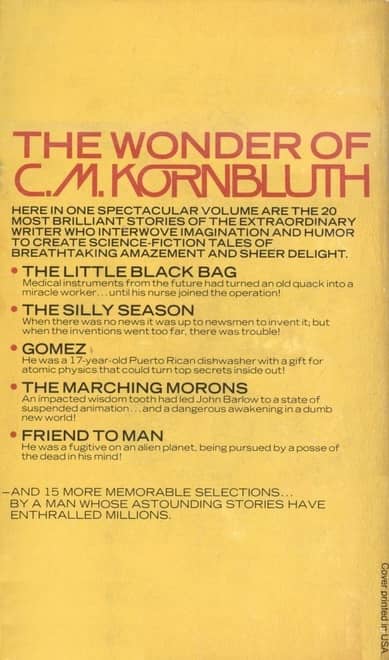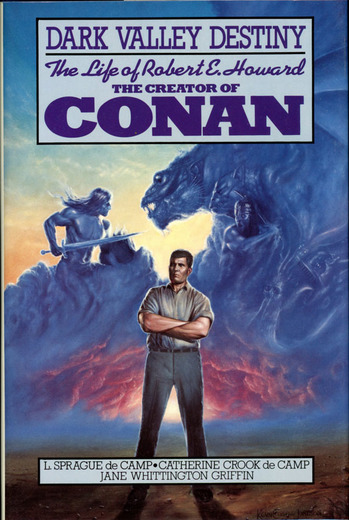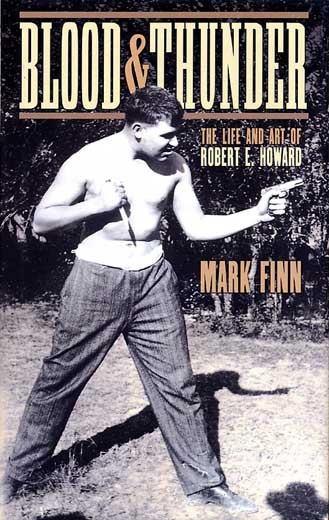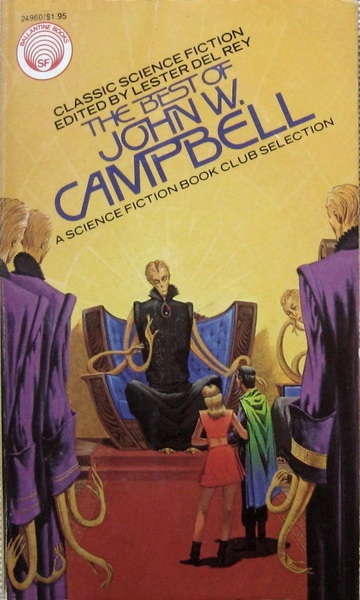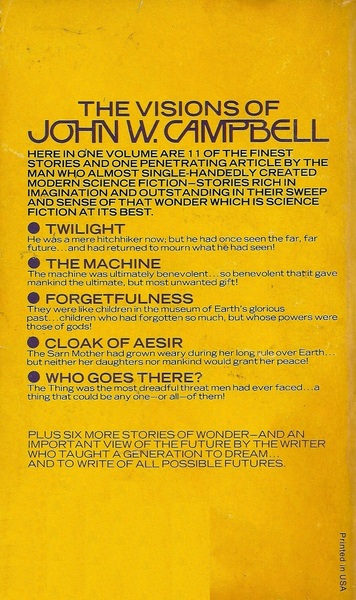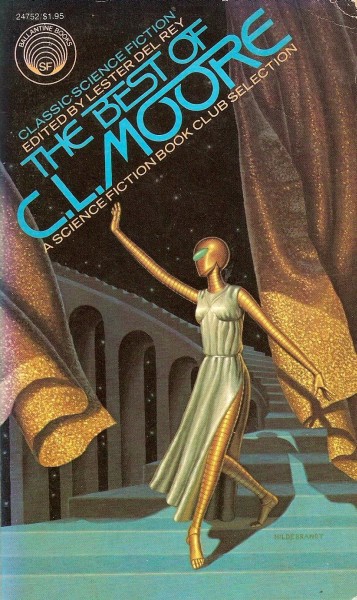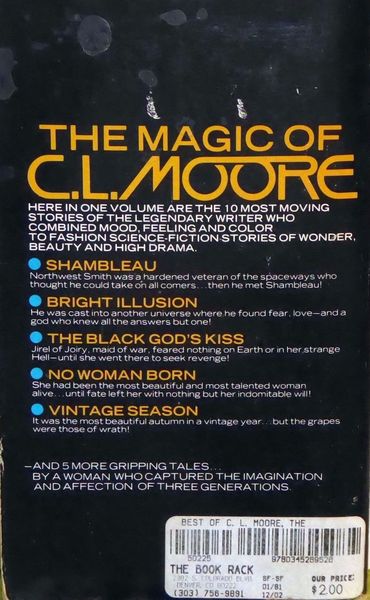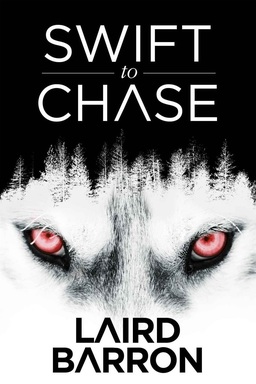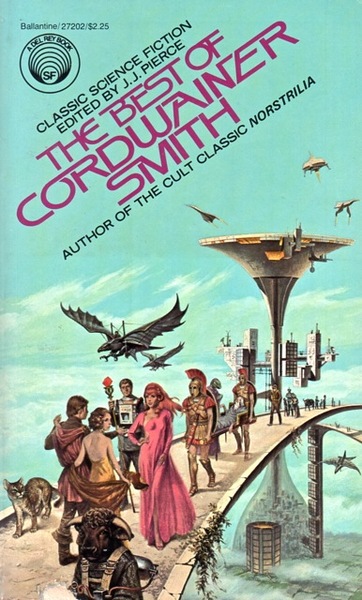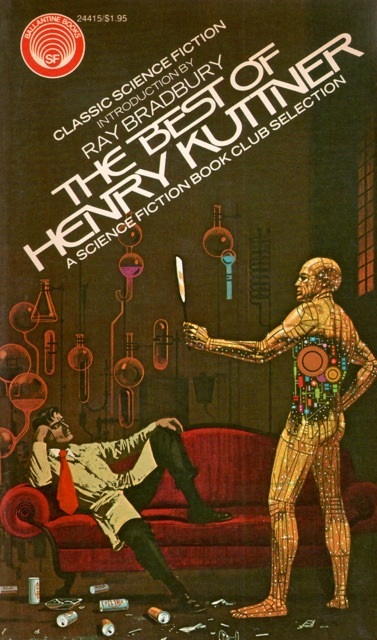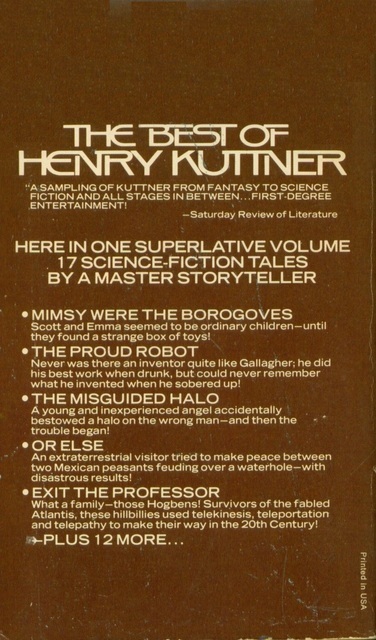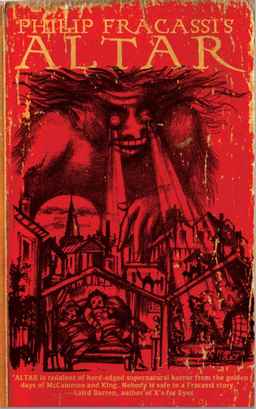
“How are they moving like that? she thought. A few adults were running and then — at that moment — instinct took over, and she darted toward her son, not noticing when she knocked down another woman who was kneeling and tugging at her hair, not hearing the new screams, the screams of terror that were replacing the sounds of life like a spreading fungus…” (pgs. 40-1)
Back when I was a graduate student, back when I thought I was so busy, I actually had quite a bit of time to keep up on the newest horror writers coming down the pike. Now that I’m in the so-called real life world of jobs and mortgages, I find it difficult to stay on top of new horror. But I still keep my ear to the ground, and one name that I keep hearing about over and over is Philip Fracassi and his new novella Altar. Now that I’ve finally read it, I can see what the fuss is all about.
Before getting into the story, let me first say something briefly about the creepy cover art of Altar by Matthew Revert (see his work on the cover of the 2014 tribute anthology to Laird Barron, Children of Old Leech). This cover has, as far as I can see, little to nothing to do with the story within, though it interestingly sets a good mood for later in the story. This is not a complaint, just a note to those who haven’t read it yet. I wouldn’t want this cover to foul up someone’s enjoyment of this story with false expectations. And to be fair to the publisher, I’m not sure what would’ve counted as an apt piece of art for the cover of this horror novella. Why is that?
This story is about a summer’s day at a local community pool. But it’s this seemingly innocent setting that really sets the reader up.
Though not set in any noticeably particular time period, Fracassi really transported me back to those lazy summer days when I was a kid. I was completely immersed in Fracassi’s detailed account of a family on their way to their local public pool and what happens when they get there. You can almost feel the sun, you can taste the chlorine, you can smell the suntan lotion, and you can even almost smell those nasty public restrooms. You can also remember the excitement of your friends at that age doing the sorts of things that friends at that age do at the public pool. In fact, at twenty-five pages in, which is half way through the story, I stopped to look at the cover again just to make sure I was reading a horror novella. At this point, it was just a very happy (and for me very nostalgic) story. There was nothing about it that suggested a horror story.
…
Read More Read More

